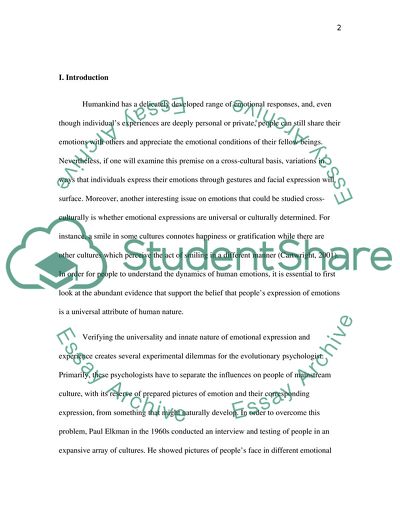Cite this document
(“Humans as Captives of Evolution: An Analysis of Anxiety and Depression Essay”, n.d.)
Humans as Captives of Evolution: An Analysis of Anxiety and Depression Essay. Retrieved from https://studentshare.org/history/1549175-humans-as-captives-of-evolution-an-analysis-of-anxiety-and-depression
Humans as Captives of Evolution: An Analysis of Anxiety and Depression Essay. Retrieved from https://studentshare.org/history/1549175-humans-as-captives-of-evolution-an-analysis-of-anxiety-and-depression
(Humans As Captives of Evolution: An Analysis of Anxiety and Depression Essay)
Humans As Captives of Evolution: An Analysis of Anxiety and Depression Essay. https://studentshare.org/history/1549175-humans-as-captives-of-evolution-an-analysis-of-anxiety-and-depression.
Humans As Captives of Evolution: An Analysis of Anxiety and Depression Essay. https://studentshare.org/history/1549175-humans-as-captives-of-evolution-an-analysis-of-anxiety-and-depression.
“Humans As Captives of Evolution: An Analysis of Anxiety and Depression Essay”, n.d. https://studentshare.org/history/1549175-humans-as-captives-of-evolution-an-analysis-of-anxiety-and-depression.


